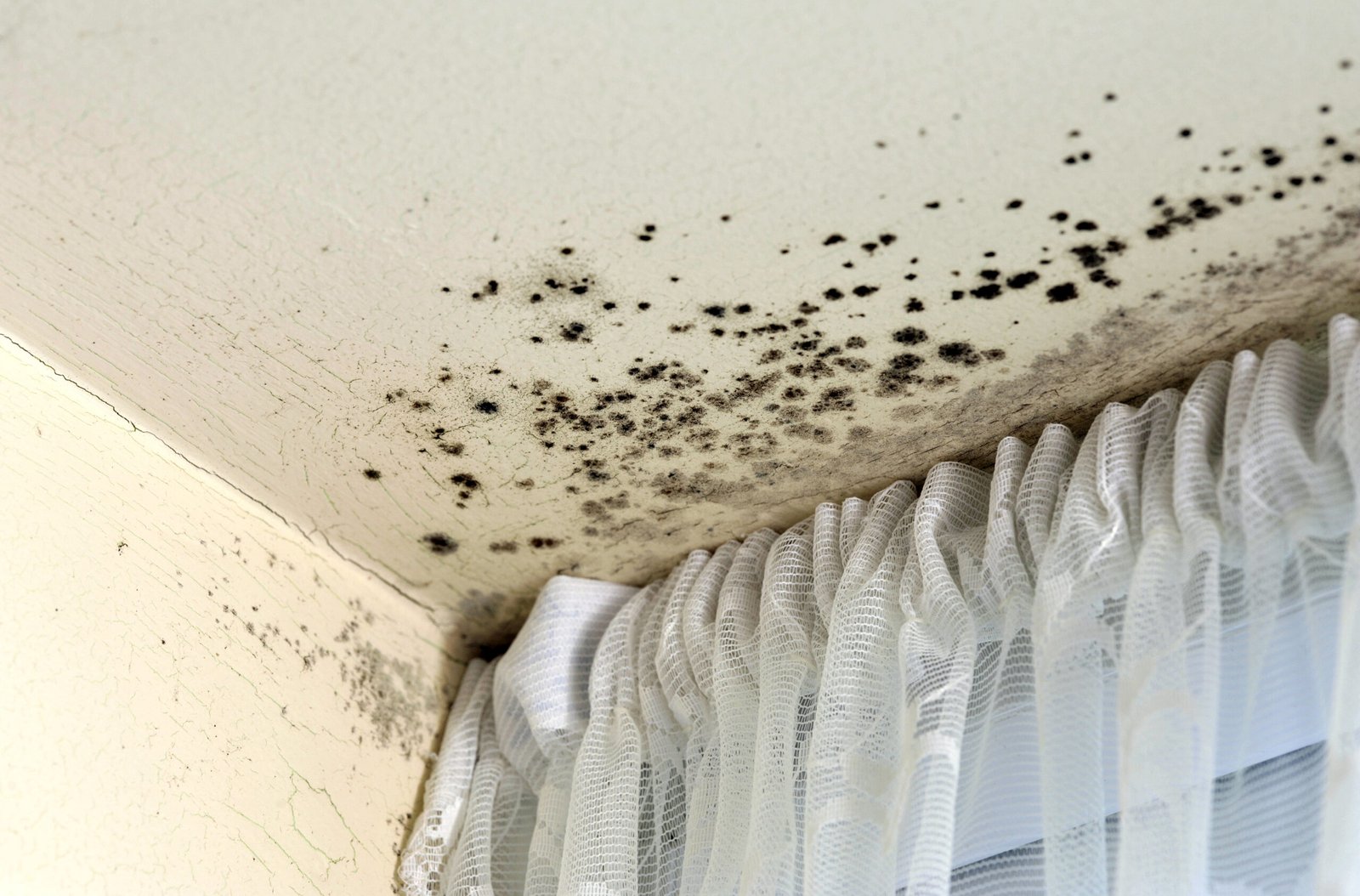Rising damp is a common problem for homeowners, landlords, and tenants alike. It occurs when moisture from the ground rises through porous materials in the walls, causing a range of issues like mold, peeling paint, and damaged structures. In this guide, we’ll walk you through everything you need to know about fixing rising damp in your property.
What is Rising Damp?
Rising damp is the movement of moisture from the ground into the walls of your property. It occurs due to a phenomenon called capillary action, where water moves upward through porous materials like brick, stone, and mortar. It can cause serious issues like damp stains, peeling paint, mold, and even structural damage if not dealt with properly.
Why Fixing Rising Damp is Essential
If left unchecked, rising damp can damage both your property’s aesthetic and its structural integrity. Beyond the cosmetic damage, it can also contribute to unhealthy living conditions. Moisture can promote mold growth, which affects air quality and can lead to respiratory problems, particularly for vulnerable individuals like children or the elderly.
1. Understanding the Causes of Rising Damp
What Causes Rising Damp?
Rising damp occurs when moisture from the ground infiltrates the walls of a building. This happens when the damp-proof course (DPC), which is a barrier usually installed at the base of the walls to prevent moisture from rising, is either missing, damaged, or ineffective.
Factors That Contribute to Rising Damp
-
Old or Damaged Damp-Proof Course (DPC): The DPC may have been damaged over time or improperly installed in older buildings.
-
Poor Drainage: If water doesn’t drain properly around your home, it can accumulate and find its way into your walls.
-
Faulty Guttering and Blocked Drains: Overflowing gutters or blocked downpipes can direct water towards the foundation of the property, leading to rising damp.
-
Ground Level Rising: Over time, the ground level around a building may rise, reducing the effectiveness of the DPC.
2. Recognizing the Signs of Rising Damp
Visible Signs to Watch Out For
Here are the most common signs of rising damp:
-
Discoloration of Walls: One of the key indicators is the appearance of dark patches or a “tide mark” that often extends around the base of the wall.
-
Peeling Paint or Wallpaper: Paint or wallpaper coming off the walls is a clear sign that the underlying wall is damp.
-
Musty Smell: A musty, damp odor in your property is often the result of moisture buildup in the walls.
-
Mold Growth: Mold, especially near the floor or at the bottom of walls, is a common consequence of rising damp.
-
Flaking Plaster: Plaster may crack or peel as it absorbs moisture over time, weakening the structure.
3. How to Fix Rising Damp – Step-by-Step Guide
Step 1: Identify the Source
Before fixing rising damp, you need to identify where the moisture is coming from. The first place to check is the external drainage systems. Ensure your gutters, downspouts, and drains are clear and functioning properly.
-
Inspect the foundation of your property to check for cracks or holes where water might be seeping in.
-
Check if the ground around the building slopes away from the walls to ensure water doesn’t pool near the base.
Step 2: Improve Drainage Around the Property
One of the simplest ways to prevent rising damp is to ensure proper drainage around your property.
-
Slope the Ground Away: The ground should slope downwards away from your walls to allow water to flow away from the property.
-
Fix Gutter and Drainage Issues: Ensure gutters and downspouts are clear and properly directed away from the walls to prevent water build-up.
Step 3: Treat the Affected Walls
Once you’ve ensured the external drainage is in good shape, it’s time to treat the damp walls.
-
Drying Out: Before applying any new plaster or treatments, it’s crucial to let the affected walls dry out completely. You can use a dehumidifier to speed up the process.
-
Re-plastering: Use a breathable plaster specifically designed for damp areas. This will allow the wall to breathe while still protecting against moisture.
Step 4: Install a New Damp-Proof Course (DPC)
A new damp-proof course (DPC) can be installed if your existing one is damaged or non-existent. There are two types of DPCs:
-
Physical DPC: This involves inserting a physical barrier (such as a plastic sheet or bituminous material) into the wall to prevent moisture from rising.
-
Chemical DPC: A more modern method involves injecting a chemical solution into the walls that forms a barrier against moisture.
Step 5: Ventilate the Area
Proper ventilation is key to preventing rising damp from coming back. Increased airflow allows moisture to evaporate and prevents it from accumulating.
-
Install Air Vents: If the property doesn’t already have them, consider installing air vents to increase circulation.
-
Use Dehumidifiers: In damp areas, a dehumidifier can help reduce moisture levels in the air.
Step 6: Call in a Professional (If Necessary)
If DIY solutions aren’t working, or if the problem is extensive, it may be time to call in a damp-proofing expert. A professional can assess the damage, install a proper DPC, and provide a long-term solution.
4. Preventing Future Rising Damp
Keep Your DPC Intact
Regularly check and maintain the damp-proof course to ensure it remains effective. If it’s showing signs of wear or damage, get it inspected and replaced promptly.
Proper Landscaping and Drainage
-
Ensure the surrounding area around your home slopes away from the property to avoid water pooling.
-
Regularly clear gutters and drains to prevent overflow.
Use Moisture Barriers for Vulnerable Areas
For particularly vulnerable spots, like basements or ground floors, consider applying moisture barriers or using sealants to protect the walls.
5. When to Seek Professional Help
Indicators that Professional Help is Needed
-
If rising damp persists despite DIY efforts, it’s time to consult a professional.
-
Significant structural damage or extensive moisture buildup will likely require expert intervention.
-
If you’re unsure of the severity of the damp, an expert can provide an accurate assessment and solution.
Choosing a Damp Proofing Expert
Look for a certified and experienced professional who specializes in rising damp. They should provide a detailed inspection and a clear plan for treatment, and offer a warranty on their work.
Claiming Compensation for Damp: What You Need to Know
If your property is affected by rising damp and your landlord or housing association fails to address the issue, you may be entitled to claim compensation for damp.
How to Claim Compensation:
-
Report the Issue: Inform your landlord or housing association in writing about the damp.
-
Document the Damage: Take photos of the damp, mold, and any damage caused, and keep records of health issues.
-
Give Time for Repairs: Allow a reasonable amount of time for your landlord to fix the problem.
-
Seek Help: If the issue persists or you’re dissatisfied with the resolution, consider using a claims management company or expert specializing in housing disrepair.
-
Health and Property Damage: You may be eligible for compensation for health issues caused by damp, property damage, or loss of enjoyment of the property.
The “No Win, No Fee” Approach:
Many claims management companies offer a “no win, no fee” service, meaning you only pay if you win the claim.
If you’re struggling with damp in your home, don’t wait, contact us today for a free consultation and find out if you’re entitled to compensation. We’re here to help you restore your home and get the compensation you deserve!
Please Note: The solicitor we recommend will charge you a fee of 36% (inclusive of VAT) off your compensation. The solicitor may charge a termination fee if you cancel your agreement with them after the cancellation period, please read their Terms and conditions for more information.
Conclusion
Rising damp is a serious issue, but with the right knowledge and tools, you can effectively fix the problem and prevent it from coming back. Whether you choose a DIY approach or hire a professional, taking action promptly will protect your property from further damage and health risks.
If you’re dealing with rising damp, don’t wait. Contact us today for a consultation and let us help you restore your home to a safe, dry environment.
Are you experiencing rising damp in your home? Contact us now for a free consultation and get expert advice on how to protect your property from further damage. Let us help you resolve your damp issues quickly and efficiently!






